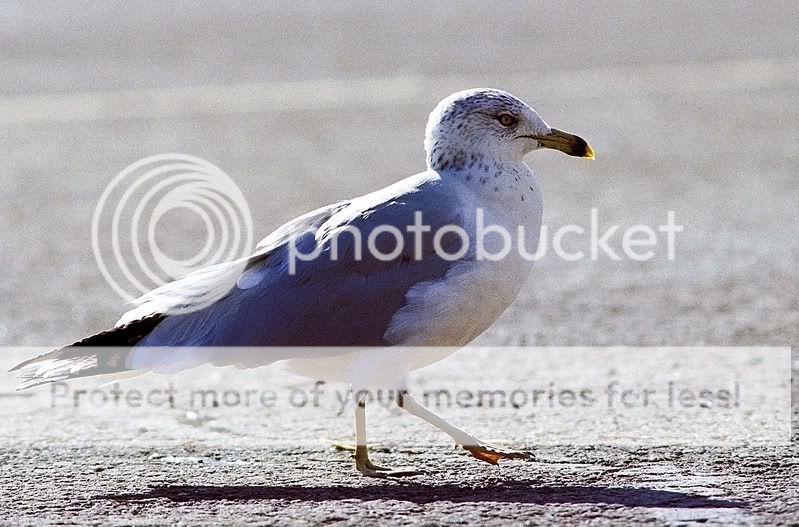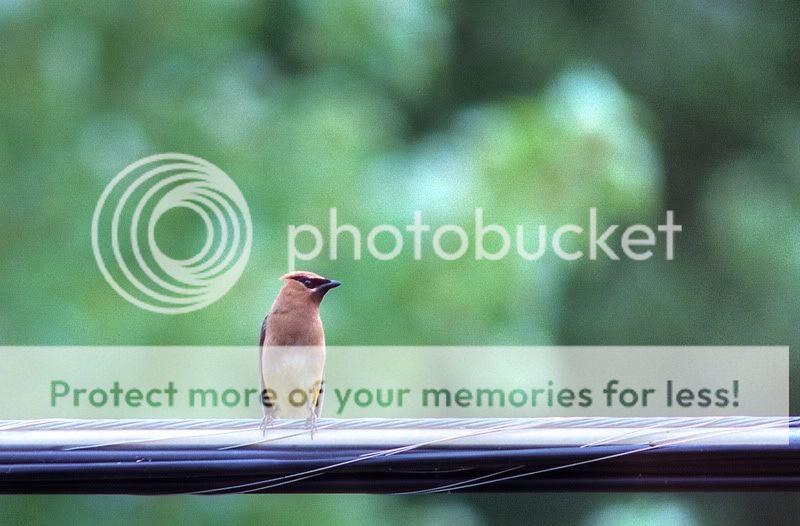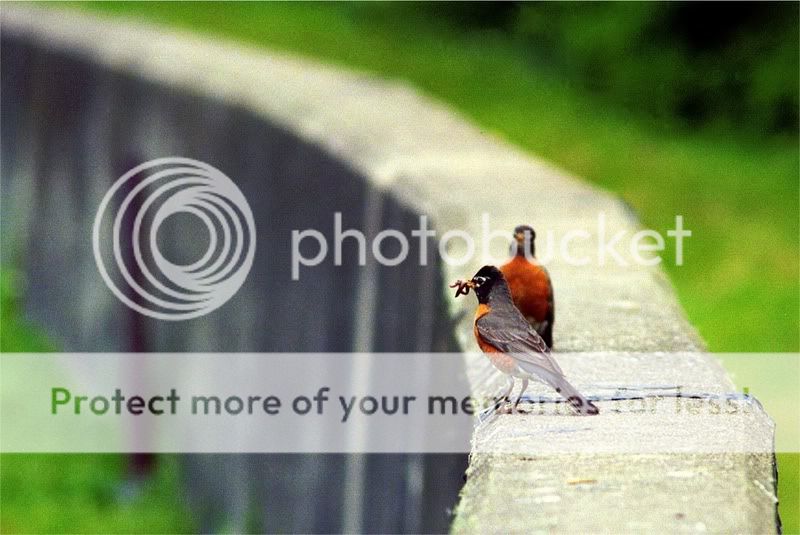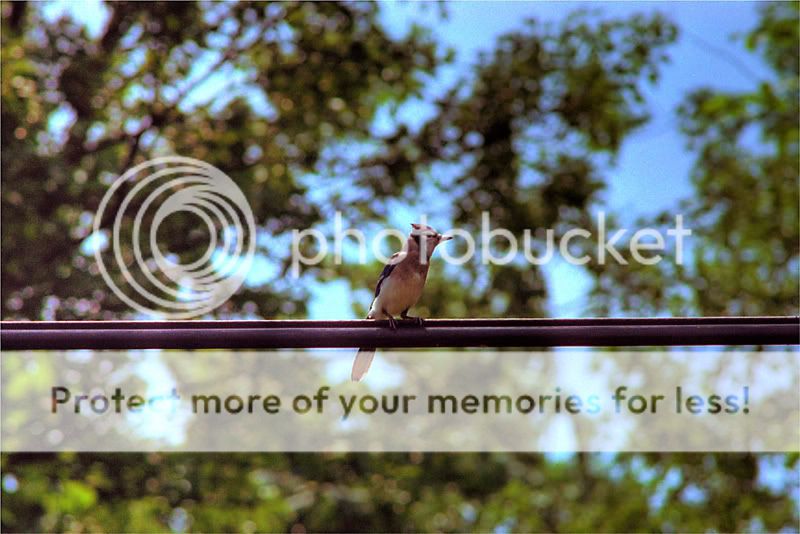If you are looking to get into birding, even casually you are looking in the wrong direction unless you have some major pocket padding. Given the fact you are even considering the superzoom I have to assume you do not.
The mere introduction of the word casual tells me you are not looking to spend large amounts of time waiting for your birds to get comfortable and that you will be advantage shooting. I am an advantage shooter when it comes to birding so here is my two cents:
Super Zoom
Cons
Shutter lag of P&S is definately detrimental - you will miss shots
Super zoom of P&S quick* but is poor quality - increases aberation, amung others
Sensor of P&S is generally small - this amplifies noise making high ISO intolerable.
Startup time - This varies from camera to camera but I've seen a few rated in the seconds range, that could cost you the shot
---------------------------------
Pros
Small go anywhere multifunction
____________________________________
In general birds do not sit still for long and a fraction of a second can be the difference between the garbage can and National Geographic, so you want something that will get the shot when you want it. This points you to the SLR, but dSLR's are not perfect either:
dSLR
Cons
Price tag - big thing to advantage shooting is range after the body you will likely need a lens which has a price tag of it's own.
Battery life - Dead batteries blow, I'll get more into this later on
Size - dSLR's are a much bigger peice of equipment, and when you get into big glass they become very difficult to take everywhere.
Lenses - Pending the lens you get often times the best lenses for this type of shooting are rather limmited and don't work well for alternate applications.
---------------------------------
Pros
Lenses - You can get what you need and only what you need and more often than not the glass will be acceptable to superb quality.
Sensor - Sensors are larger in the dSLR and and are less prone to noise in addition to noise reduction opening up some higher ISO for faster shutter speeds.
____________________________________
Well, lets take more detailed a look at the price tags snaffle. The Nikon D40 with it's 18-55mm f/3.5-5.6 kit lens has an MSRP of $499.95 but I have seen them for sale at half of that so we'll go with $299.00. The 18-55 ain't gonna do you at all for birding of any kind so you will need something else. I use a 400mm 5.6 prime lens....well I will guess you are not ready for a major prime like that so we'll stick to zooms. over my time here I have seen the 70-200 recomended more times than I can count so we'll go with that:
Nikon AF-S VR Zoom-NIKKOR 70-200mm f/2.8G IF-ED - $1545.00 - ouch
Sigma 70-200mm f/2.8 II EX DG APO Macro HSM AF Lens for Nikon - $799.00 - it stings a little but might be pullable
Tamron AF70-200mm F/2.8 Di LD (IF) Macro - $699.00 - little better than the Sigma
Now your casual camera rig is running at a plausable $998.00 and this is before spare batteries, bag, filters and whatever other accesseries you may desire.
____________________________________
I would like you to consider a film SLR as a very real possibility. If your wallet is not willing to permit a grand for a body and additional lens film SLRs are a awesome option.
SLR
Cons
Size - SLR's are a much bigger peice of equipment, More so than dSLR and when you get into big glass they become very difficult to take everywhere.
Lenses - Pending the lens you get often times the best lenses for this type of shooting are rather limmited and don't work well for alternate applications.
Film Frame - Full frame lots of space to work with, also changed the way a lens behaves, that same 70-200 that works on the D40 is generally insufficient on a full frame requiring bigger glass to compensate.
Film grain - You'll have that especailly at high ISO but it is manageable
Processing and waiting for results - sorry but gotta wait a couple days.
Additional equipment for digital display - you will need a film enabled scanner to display and edit digitally.
---------------------------------
Pros
Price tag - big thing to advantage shooting is range after the body you will likely need a lens which has a price tag of it's own. Film equipment is cheap, the more manual it is the cheaper it can be found.
Battery life - Dead batteries blow, I'll get more into this later on
Lenses - You can get what you need and only what you need and more often than not the glass will be acceptable to superb quality.
Film Frame - Full frame lots of space to work with.
Price Dispursion - You won't need to go into debt to create photos,
Film equipment is cheap, the more manual it is the cheaper it can be found. Prolly the cheapest you will find is the Canon FD mount bodies and the Pentax threaded mount bodies, the draw back to these is they use manual focusing lenses but getting a body with a split circle focusing screen, even a child can manual focus. Since your Super zoom option and your dSLR option are of different makes I'm going to opperate on the assumption you are not thinking of brand loyalty to Nikon and go with what I know best, The Canon FD.
I'll suggest the Canon AE-1 Program - Averages around $100, I've seen kits go on E-bay with three or four lenses for around $150 to $200, sets like
this one.
Now the 80-200 that comes with the set I linked will not be enough, I know I have an 80-200, been there, tried that, failed at it. You will want something bigger
Canon FD 100-300mm F4 Telephoto Zoom - Quick
Ebay search provides Bin $56.63 to $150.00 and for a little more money you can go bigger if you want, I paid only $100 for my 400 prime I have seen the same lens go even cheaper, so the price on the longer zooms should be comperable.
Now there are far more reputable places to purchase equipment but E-bay is ok for quick reference, and if you know how to browse E-bay and pick the frauds out of the line up it is an acceptable source of gear.
Now your casual camera rig is running at a plausable $300.00 and this is with potentially multiple lenses (mostly manufacturer glass) and accesseries. Yes film processing does have a price but it can wait untill you have the money to pay for it and still continue to take photos in the mene time, unlike digital where if you don't have the money for a component you either go into debt for it or don't get it till you do and obviously if you ain't got it you can't use it. Additionally if you print your digital pictures at a local place you still pay similar fees for prints. As far as scanning goes, film enabled flatbed scanners can be bought at most office supply stores, I've seen them as low as $90 for a Canon LiDE. A film enabled flatbed scanner can scan your negs as well as whatever else you you may need scanned unlike mine as I use more dedicated equipment.
This puts your casual rig with digital display at a plausable $400.00 or less not including processing and processing is paid only when needed and that varies from location to location and with an individuals shooting frequency.
Ah yes, I nearly forgot about the batteries....Battery life is important as you can guess, Modern cameras have so many things running on the battery it is not uncommon to have them go dead. The older the camera the fewer the stresses on the battery, I have had batteries in my film SLR last for over a year and at five bucks a pop I have no problems stockpiling them from radio shack. I frequently walk around with my camera powered on so that I can pull up and shoot imeadiately. My digital P&S however, I am luckey if they last a couple weeks and I barely use it, prolly fewer than 200 shots. Now I have to admit some ignorance on the price of a modern SLR/dSLR battery but I can assure you it ain't five bucks and you will want two, just in case and you prolly would not get away with walking power on with a modern camera for very long.
Just to show you that I am not blowing hot air:
All shot at various film speeds with Vivitar 400mm wile out strolling
I have a better Blue Jay but I'm re-processing it at the moment...
____________________________________
* Quick is in reference to lens speed or max aperture, the smaller the number the faster the lens












![[No title]](/data/xfmg/thumbnail/32/32701-51bacbc6ea9d40683123c14f053d4742.jpg?1734162260)

![[No title]](/data/xfmg/thumbnail/32/32704-68982e06c91b163f96186a4eb21d742f.jpg?1734162276)

